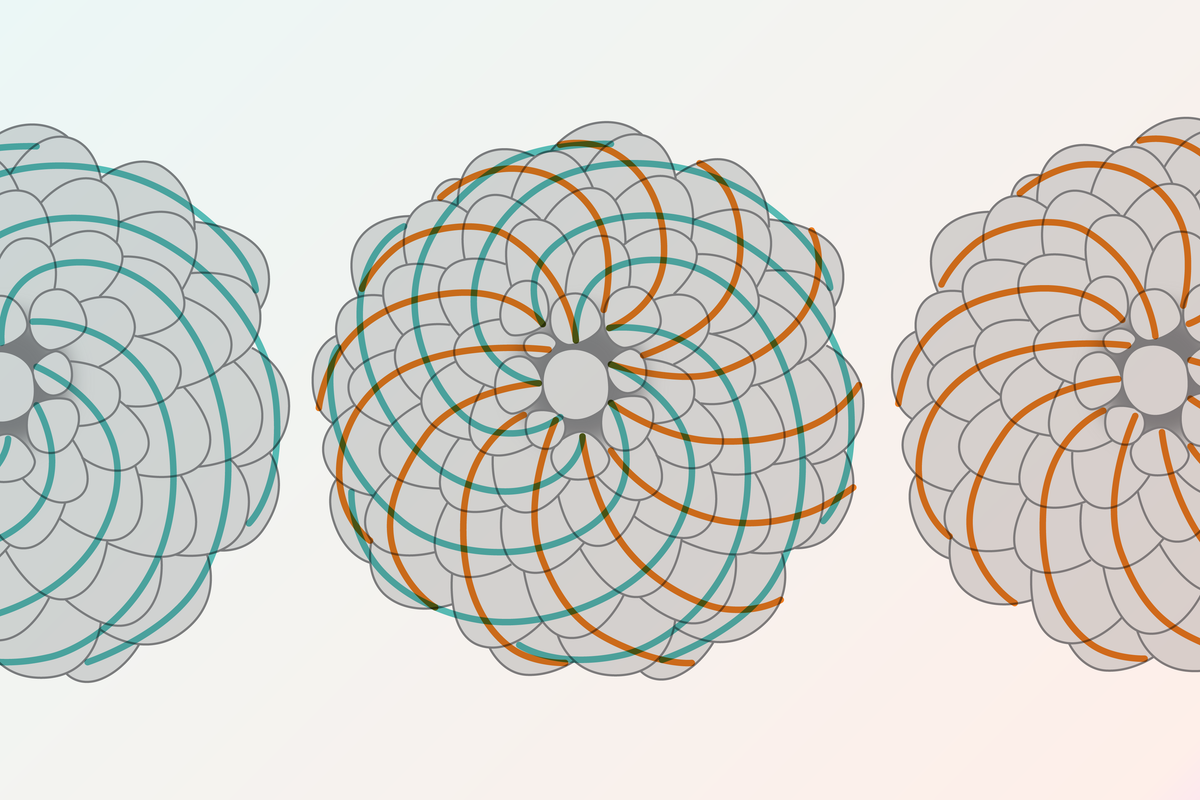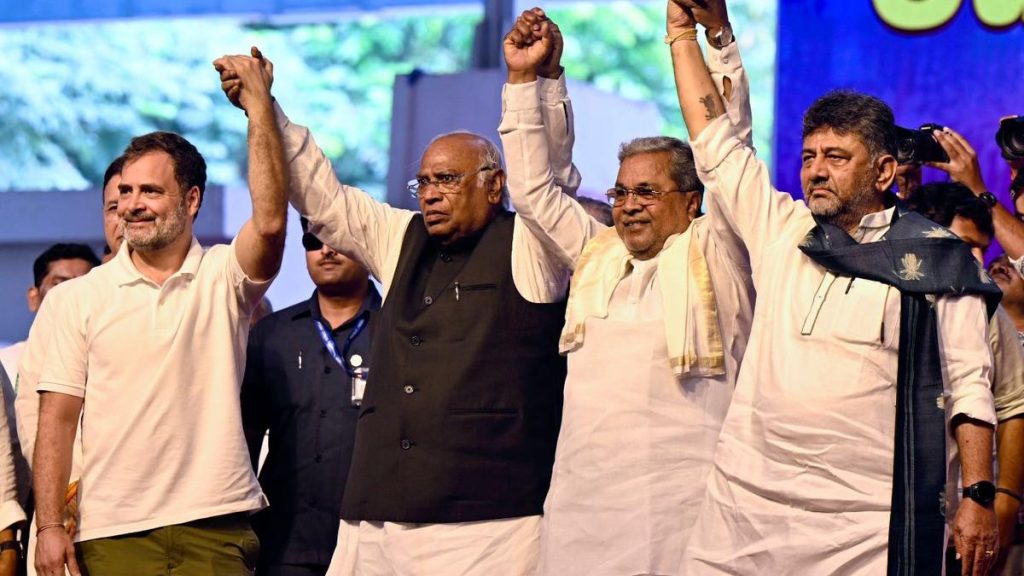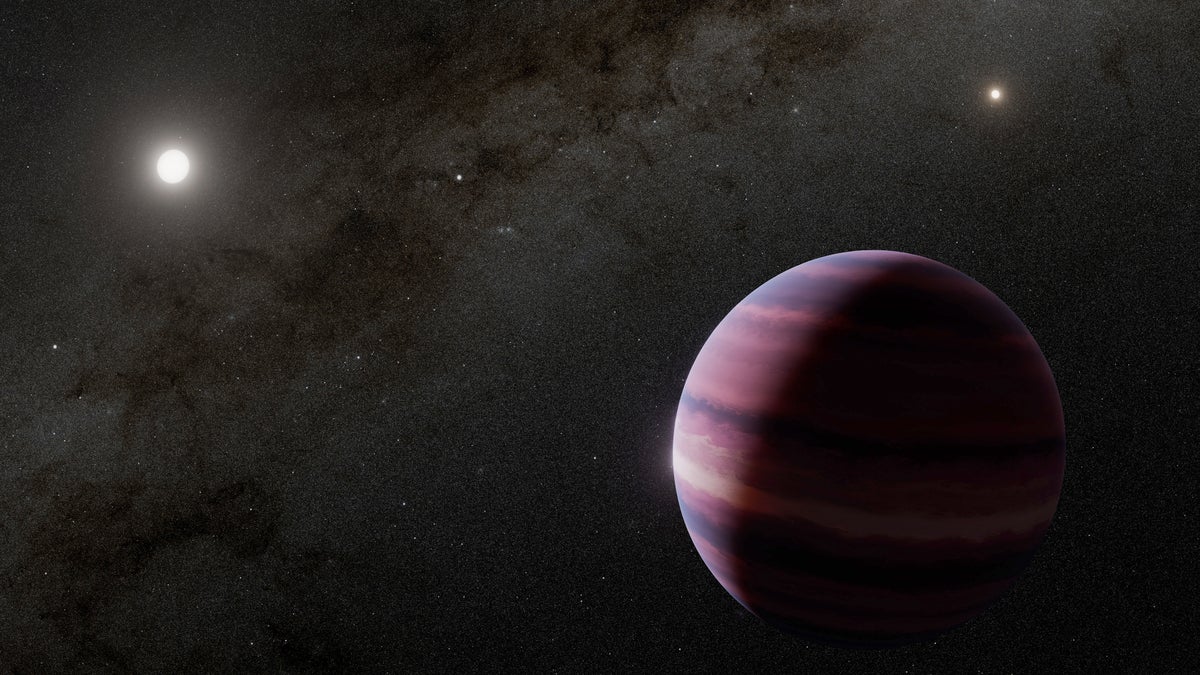Now Reading: Students Uncover Fibonacci Sequence in Classic Math Puzzle
1
-
01
Students Uncover Fibonacci Sequence in Classic Math Puzzle
Students Uncover Fibonacci Sequence in Classic Math Puzzle

Quick Summary:
- A variation of the “pick-up sticks problem” explores the probability that no three randomly selected sticks can form a triangle.
- Researchers Arthur sun and Edward Wang noticed that for random stick lengths, probabilities are connected to Fibonacci numbers.
- An extended study involving David Treeby and Aidan Sudbury established a proof showing that as the number of sticks increases, the chance they cannot form a triangle equals 1 divided by the product of Fibonacci numbers up to n.
- The connection arises as to avoid forming triangles, stick lengths must follow conditions similar to Fibonacci sequence growth (each length is greater or equal to the sum of its two predecessors).
- The proof uses integrals and geometric methods to calculate high-dimensional volumes directly since an intuitive path linking this insight remains elusive.
Images:
- Spirals in pine cone align with Fibonacci sequence depiction.
- Visual representation using unit cube geometry for random lengths forming triangles.
Stay Informed With the Latest & Most Important News
Previous Post
Next Post
Loading Next Post...

























